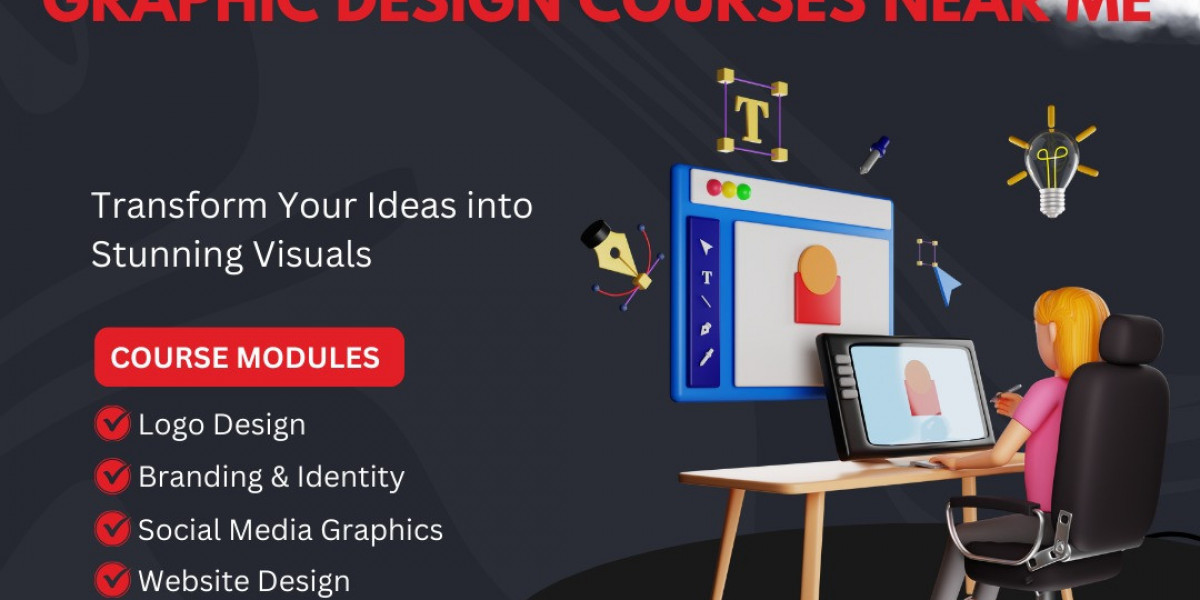In the competitive world of advanced manufacturing, precision and efficiency are critical. As the MyT Machining team, we understand how critical it is for manufacturers to adopt the right tools and methods to stay ahead of the curve. Among these tools, cnc turning stands out as a fundamental machining process that delivers unmatched accuracy and repeatability for cylindrical parts.
This guide explores CNC turning from top to bottom: what it is, how it works, its advantages, common applications, material compatibility, and how businesses can leverage this technology to achieve cost-effective scalability in production.
What is CNC Turning?
CNC turning is a subtractive manufacturing process in which material is removed from a rotating workpiece using stationary cutting tools. Unlike milling—which rotates the cutting tool—turning rotates the part itself. The computer numerical control (CNC) component ensures automated precision, making this method ideal for producing symmetrical objects such as shafts, rods, and cylinders with tight tolerances.
The turning process typically occurs on a lathe, which can be either horizontal or vertical. Lathes may have one or more spindles, live tooling, or Y-axis capabilities for more complex geometries. Advanced CNC turning centers today can perform multiple operations without the need for manual part repositioning, resulting in faster cycle times and reduced human error.
The CNC Turning Workflow
The CNC turning process follows a precise workflow to ensure accuracy from concept to completion:
CAD Design: Engineers design the part using Computer-Aided Design (CAD) software, detailing exact dimensions, tolerances, and surface finishes.
CAM Programming: The design file is translated into machine instructions using Computer-Aided Manufacturing (CAM) software. This includes tool paths, cutting speeds, and spindle settings.
Machine Setup: The raw material (commonly called a blank) is loaded onto the chuck of the lathe. Tooling is installed and calibrated.
Turning Operation: The machine executes the programmed commands, rotating the part and applying cutting tools to shape the material.
Quality Inspection: Once complete, the part undergoes rigorous inspection using gauges, micrometers, and coordinate measuring machines (CMMs) to ensure compliance with specifications.
Key Advantages of CNC Turning
Modern manufacturers prefer CNC turning for several reasons:
1. Precision and Repeatability
CNC turning machines are capable of holding incredibly tight tolerances—often within ±0.0005 inches. Once programmed, the machine can reproduce hundreds or thousands of identical parts with minimal deviation.
2. Efficiency and Speed
The automation and continuous operation of CNC turning reduce downtime and labor costs. When integrated with robotics or bar feeders, lights-out manufacturing becomes possible.
3. Versatility Across Materials
CNC turning supports a wide range of materials, including:
Aluminum
Brass
Stainless Steel
Copper
Plastics (e.g., Nylon, PEEK)
Titanium and exotic alloys
4. Cost-Effectiveness
Especially for high-volume production runs, CNC turning minimizes waste and rework while maximizing throughput—resulting in lower per-unit cost over time.
Common CNC Turned Components
Industries rely on CNC turning to produce mission-critical parts. Some examples include:
Aerospace: Bushings, landing gear shafts, fasteners
Medical: Orthopedic implants, surgical instruments
Automotive: Axles, pistons, transmission components
Industrial Equipment: Valves, pulleys, rollers
Consumer Electronics: Connectors, camera lenses
Whether you’re building prototypes or scaling to full production, CNC turning is an ideal choice for cylindrical and symmetrical parts with consistent dimensional accuracy.
Choosing the Right CNC Turning Partner
When selecting a CNC turning provider, consider these factors:
1. Machine Capability
Do they have multi-axis lathes or twin-spindle setups? Can they accommodate large-diameter or long-length parts?
2. Material Expertise
Some suppliers specialize in certain materials (e.g., aluminum or titanium). Be sure your partner can handle your chosen material with confidence.
3. Quality Assurance Systems
ISO certifications, in-process inspections, and final quality checks indicate a commitment to delivering defect-free products.
4. Turnaround Time
Ask about their typical lead time. Efficient providers can turn around urgent jobs without sacrificing quality.
5. Scalability
Ensure your provider has the bandwidth to support increased production volumes as your business grows.
CNC Turning vs. CNC Milling: Key Differences
While both are CNC-based processes, turning and milling differ in how the material and tools interact.
| Feature | CNC Turning | CNC Milling |
|---|---|---|
| Material Movement | Rotates | Stationary |
| Tool Movement | Linear (along X, Z) | Rotates |
| Best For | Cylindrical/Symmetrical Parts | Complex 3D Shapes, Flat Surfaces |
| Common Machines | CNC Lathe, Turning Center | CNC Mill, Vertical/Horizontal Mills |
Combining both processes can yield hybrid solutions for parts with mixed geometries.
Future Trends in CNC Turning
The evolution of CNC turning continues as new technologies emerge:
Smart Automation: Integration with IoT devices allows for real-time monitoring and predictive maintenance.
Additive + Subtractive: Hybrid machines combine 3D printing and CNC turning in one setup.
AI and Machine Learning: Intelligent algorithms are enhancing tool life, cycle time, and surface finish through adaptive control.
Sustainable Machining: Coolant recycling and dry machining methods are reducing environmental impact.
Staying updated on these innovations can give manufacturers a competitive edge.
Why MyT Machining is the CNC Turning Partner You Can Trust
At MyT Machining, we offer advanced CNC turning services backed by decades of experience and a commitment to quality. Our state-of-the-art facility is equipped with multi-axis CNC lathes, skilled machinists, and a dedicated quality control team. Whether you need a single prototype or full-scale production, we deliver precision-engineered parts that meet your exact requirements—on time and on budget.
Conclusion
CNC turning is more than just a machining method—it’s the backbone of countless industries that demand precision, speed, and scalability. As manufacturers strive to keep pace with evolving technologies and higher performance standards, CNC turning remains a proven, efficient solution. Partnering with the right machining expert like MyT Machining ensures your parts meet today’s challenges and tomorrow’s innovations.







